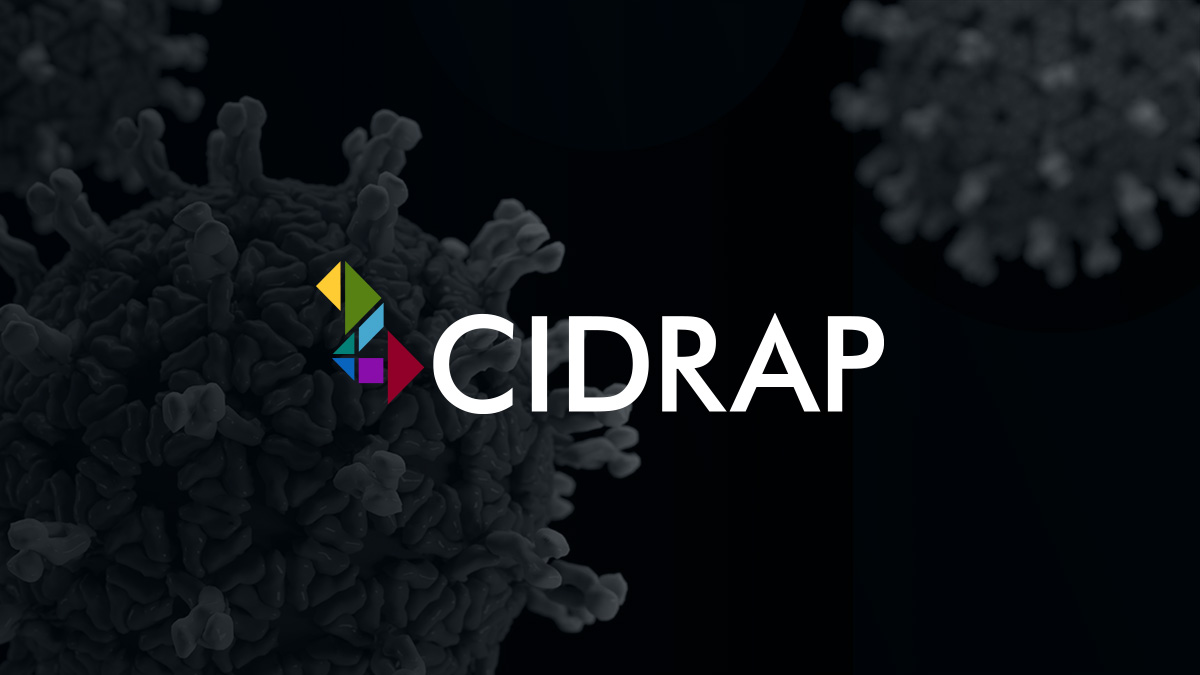PHILADELPHIA — Tavapadon, an experimental first-in-class oral selective partial D1/D5 dopamine receptor agonist for Parkinson’s disease (PD), was shown to significantly reduce disease burden in two phase 3 trials TEMPO trials.
In the TEMPO-3 trial, topline findings reported earlier this year showed patients with PD and motor fluctuations receiving once-daily tavapadon as adjunct therapy to levodopa had a significant increase in total daily “on” time without troublesome dyskinesias compared with those receiving placebo.
Additional results from that trial were presented at the International Congress of Parkinson’s Disease and Movement Disorders (MDS) 2024 by TEMPO global principal investigator Hubert H. Fernandez, MD, global principal investigator for TEMPO, and director, Center for Neurological Restoration, Cleveland Clinic, Ohio.
The TEMPO-3 trial enrolled 507 patients aged 40-80 years with a modified Hoehn and Yahr score of 2, 2.5, or 3 during “on” periods PD, a good response to levodopa on a minimum stable dose of at least 400 mg/d, and a minimum of 2.5 hours of “off” time on 2 consecutive days during screening.
A total of 255 patients were randomly assigned to once-daily placebo and 252 patients to once-daily tavapadon titrated to 5-15 mg for 27 weeks. The modified intention-to-treat population for efficacy assessment included 254 placebo patients and 242 tavapadon patients, who received at least one dose of study drug and had valid Hauser diary assessments.
At baseline, the placebo and tavapadon groups averaged 10.2 hours and 9.9 hours, respectively, of daily “on” time without troublesome dyskinesia. The average Movement Disorder Society-Unified PD Rating Scale (MDS-UPDRS) Part II scores were 12.5 and 13.3, respectively, and average total daily levodopa doses were 817.6 mg and 811.9 mg, respectively.
Patients receiving once-daily adjunctive tavapadon had a significant 1.1-hour increase in the primary outcome of total daily “on” time without troublesome dyskinesias compared with those receiving placebo at 27 weeks, based on the 2-day average of the self-reported Hauser diary (95% CI, 0.6-1.7).
The increase in “on” time with tavapadon was also consistent across various subgroups, Fernandez reported.
“Off” time in those treated with adjunctive tavapadon was reduced by 0.94 hours compared with in those treated with placebo (95% CI, −1.48 to −0.41).
Tolerability and Safety
There were no clinically relevant differences from placebo in hepatic lab values, blood pressure changes suggestive of orthostatic hypotension, QT interval, or Columbia-Suicide Severity Rating Scale, Epworth Sleepiness Scale, and Questionnaire for Impulsive-Compulsive Disorders in PD Rating Scale scores, Fernandez said.
Modest decreases in supine blood pressure and weight were observed in patients treated with tavapadon, he reported.
There were 14 serious treatment-related adverse events (TEAEs) in the placebo group and 17 in the tavapadon group. Fernandez provided no details on these events in the session nor in response to queries from Medscape Medical News.
In all, 23 patients on placebo and 43 on tavapadon dropped out of the study due to a TEAE. There was one death in the study, 70 days after randomization in the tavapadon group, due to pancreatic cancer.
The most common TEAEs (incidence > 5% with tavapadon and > 2 times with placebo) in the placebo and tavapadon groups were nausea (11 vs 36 patients), dyskinesia (4 vs 25), dizziness (8 vs 19), headache (7 vs 17), orthostatic hypotension (3 vs 15), and visual hallucination (3 vs 14).
There was “nothing that was unexpected in this selective, once-a-day partial agonist compound,” Fernandez said.
Approached for comment, Regina Katzenschlager, MD, Karl Landsteiner Institute for Neuroimmunological and Neurodegenerative Diseases, Klinik Donaustadt, Vienna, Austria, said the results are clinically meaningful and what one would expect with an oral dopamine agonist. “It’s a good result for a once-daily drug.”
What distinguishes tavapadon is its tolerability and unique dopamine receptor profile, which is slightly closer to levodopa than other dopamine agonists in that it has little effect on the D3 receptor, which has been linked to impulse control behavioral disorders, she said.
“There is some suggestion from several studies that it’s the D3 vs D1 receptor ratio that’s involved in the induction of impulse control disorders linked to the use of oral dopamine agonists such as pramipexole (Mirapex), ropinirole (Requip),” Katzenschlager said.
She pointed out that apomorphine HCI (Apokyn), which is approved by the US Food and Drug Administration as an immediate off-period reversal agent for advanced PD, also avoids the D3 receptor but is a subcutaneous injection.
“So having something as efficacious as other oral agonists but potentially inducing fewer behavioral problems would be a good thing if it also turns out in other studies that are ongoing,” Katzenschlager said. “Impulse control problems can start in early PD. It’s not a late-stage phenomenon.”
More TEMPO Trials on Tap
Topline results for the phase 3 TEMPO-1 trial evaluating two fixed doses of tavapadon monotherapy in early PD were released September 26 by AbbVie, which acquired the experimental drug as part of an $8.7 billion buyout of Cerevel Therapeutics, formally inked in August 2024.
TEMPO-1 is being conducted at 77 sites in the United States, Europe, Australia, Israel, and Ukraine in 522 participants who were treatment naive or had received dopaminergic agents for less than 3 months and not within 2 months of baseline.
The primary endpoint was met, with both tavapadon 5 and 15 mg once-daily significantly reducing the MDS-UPDRS Parts II and III combined score at week 26 compared with placebo (−9.7, −10.2 vs +1.8; both P <.0001).
The secondary endpoint of change from baseline in motor experiences of daily living, as measured by MDS-UPDRS Part II scores, was also met in both tavapadon groups.
The safety profile in TEMPO-1 was consistent with prior clinical trials, according to AbbVie. Full results will be presented at future medical meetings and used to support regulatory submissions of tavapadon as treatment for PD.
Topline results from TEMPO-2, the phase 3 flexible-dose tavapadon monotherapy trial in 296 patients with early PD, are expected by the end of 2024.
A fourth, open-label extension trial, TEMPO-4, is assessing the long-term safety and tolerability of tavapadon in 1200 patients with PD. Results from this phase 3 trial are expected in 2026.
The TEMPO trials are funded by AbbVie. Hernandez reported serving as a consultant for AbbVie, Amneal, Cerevel Therapeutics, and Neurocrine Biosciences and receiving grants from Biogen and Roche. Katzenschlager reported having no relevant financial relationships.







